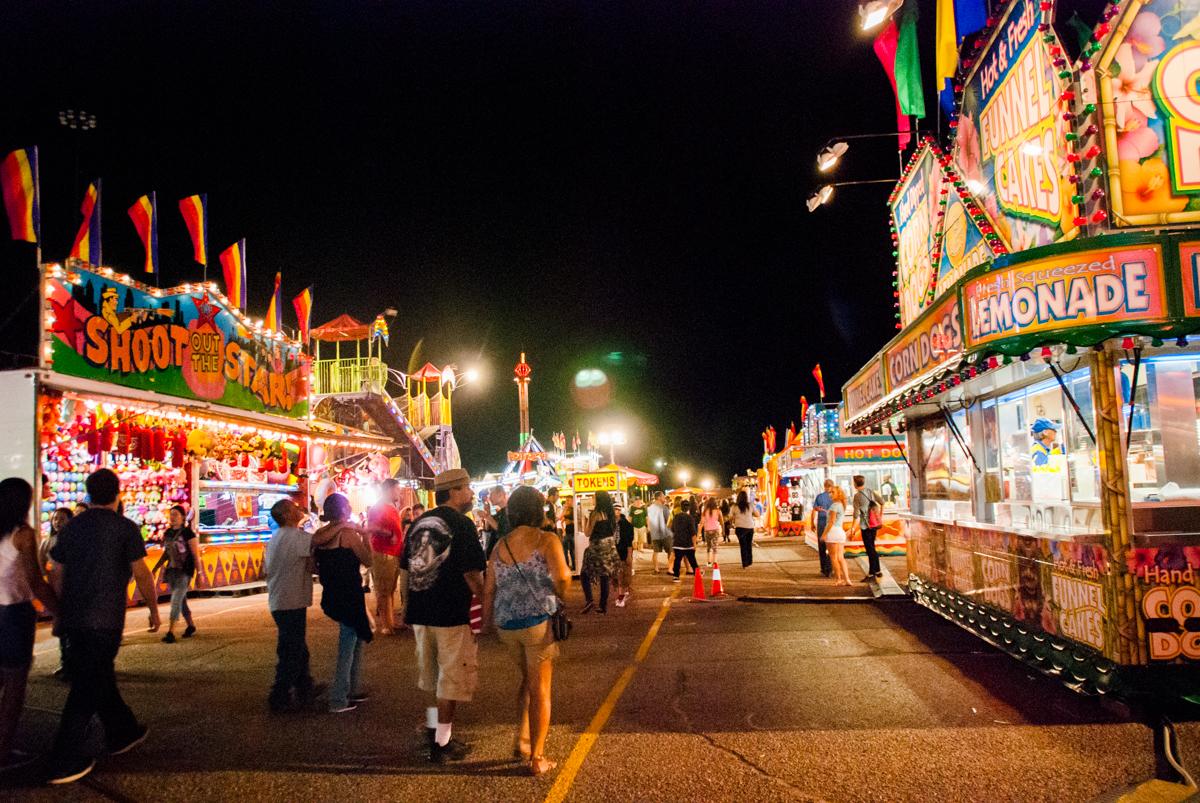
Cattle, carnivals and corndogs, that's what state fairs are made of. The 150th Colorado State Fair opens Friday, August 26 in Pueblo. It’s a chance to milk a cow, scream and spin around on a neon lit ride and eat decadent snacks like deep fried candy bars. There are concerts, parades, wacky attractions – all the things you expect at a state fair.
This year the entertainment line up at the fair includes a giant sand sculpture, the World Slopper Eating Championship, tap dancing kids and adults and big name national acts. Colorado State Fair general manager Scott Stoller said early ticket sales are looking good.
“2021 was an exceptional year for pre-sales and concerts and fair revenue and this year is tracking very well with that,” he said.
But there’s more to the fair and its history than just oddball foods, fuzzy cows, concerts and carnival rides.
“You walk the fairgrounds.There's so much personality to this fairgrounds,” Stoller said, “so much history. It's timeless.”
It's not just the grounds that give the Colorado State Fair its spirit. There’s 150 years of people putting energy and excitement into showing off their state. There's no one definitive state fair historian, so the timeline and information in the rest of this story came from a few sources: the online Colorado Encyclopedia, the folks at the Pueblo County Historical Society and the Fair’s own materials.
Most people say the first fair was held near Pueblo in 1872. Agricultural and industrial exhibits drew spectators during that first event. But it appears the most popular activity was something that’s still a favorite for a lot of people - a horse show.
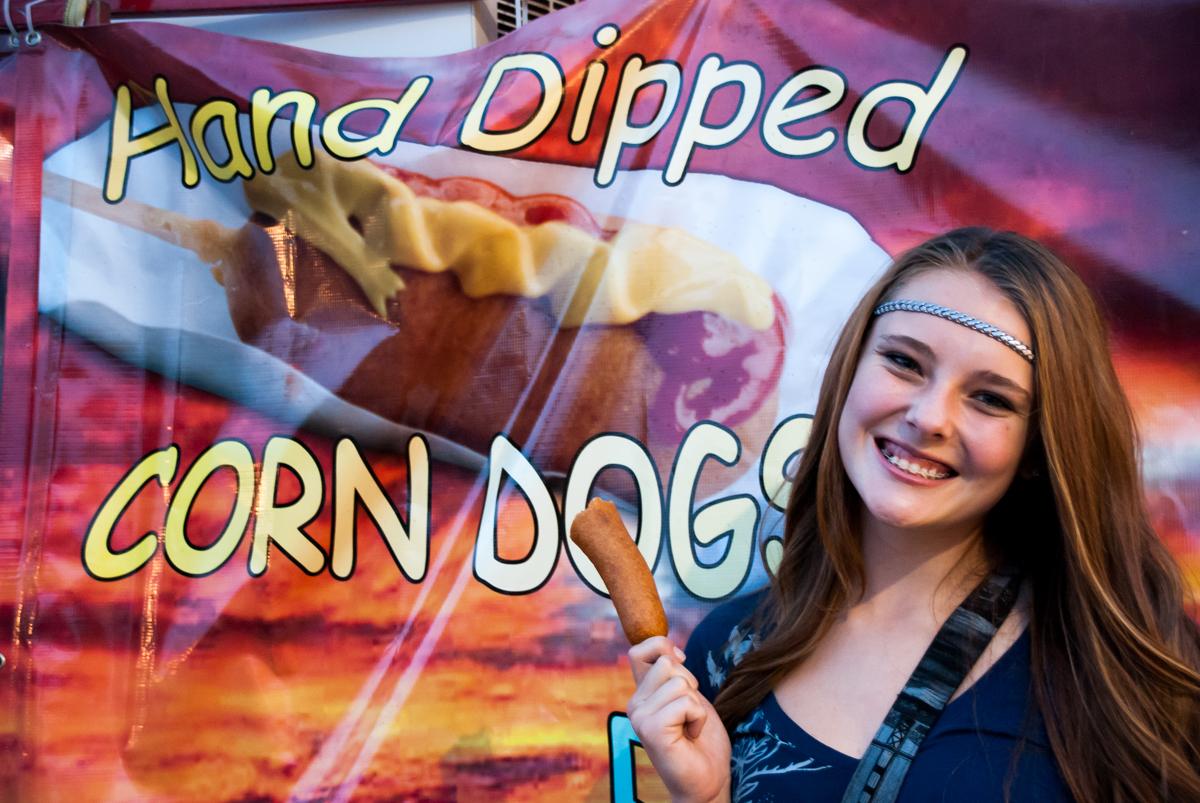
Mariah Kayton enjoys a corn dog at the 2015 Colorado State Fair. 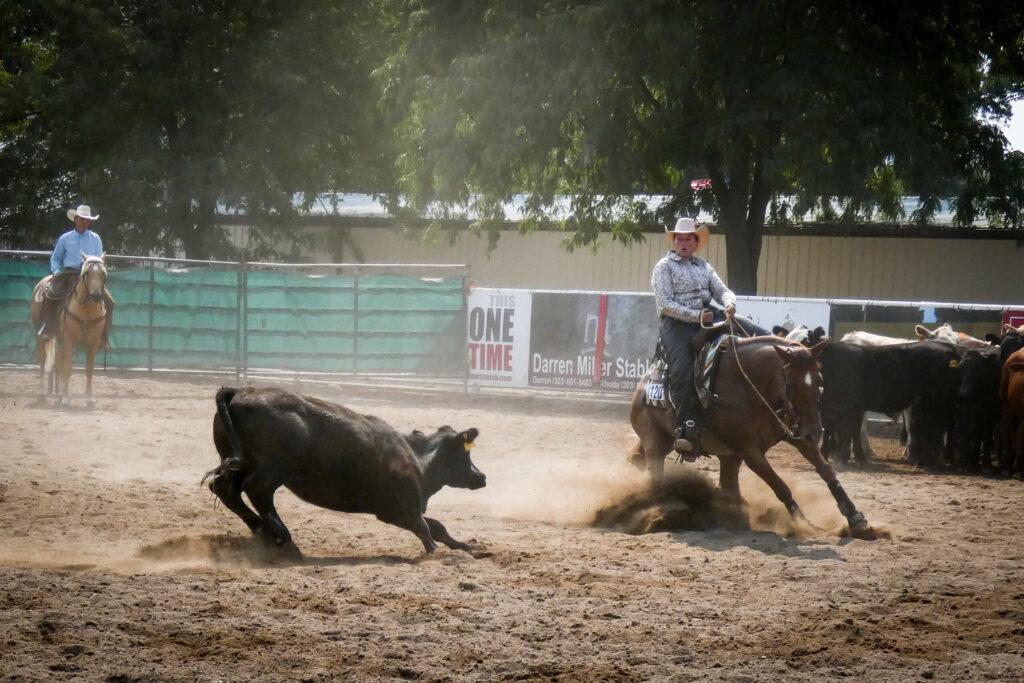
A competitor cuts a steer out of the herd during the horse show at the 2021 Colorado State Fair in Pueblo.
In the following decades the fair moved to several locations in the city. The 1887 event was so successful that the next year the state legislature designated Pueblo as the official home of the Colorado State Fair, and encouraged every county in the state to mount a display there. But after that, there were ups and downs. By the turn of the century people started rumbling that maybe Pueblo should lose the fair. So the city ramped up its game.
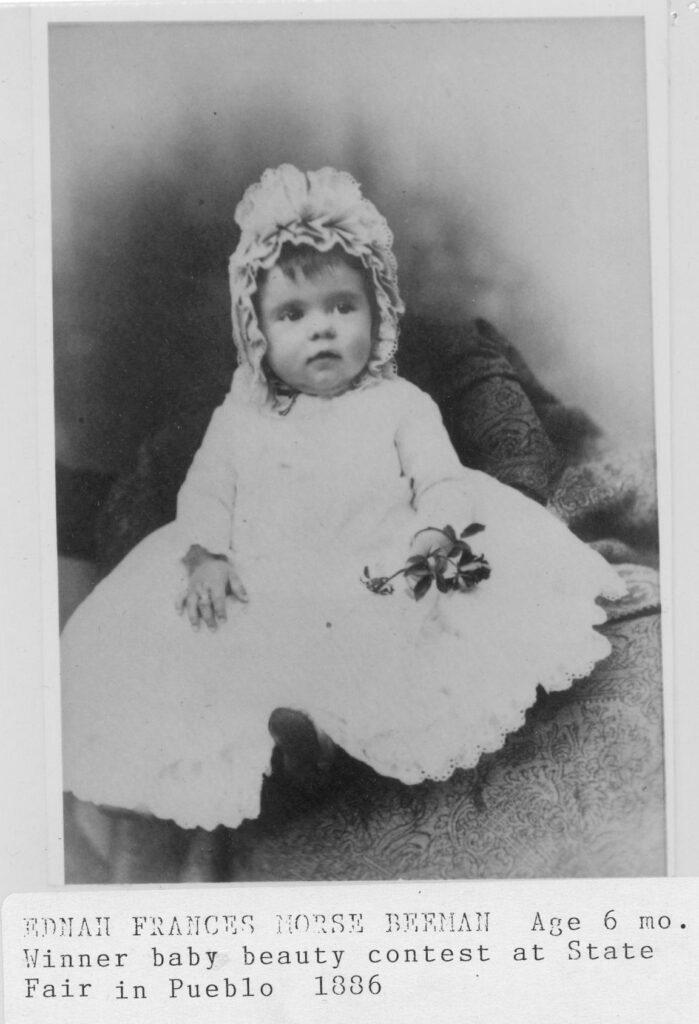
It’s mostly freight trains rolling through Pueblo now, but back in the early days of the fair there were plenty of passenger trains, and in 1900, the railroads reduced ticket prices so people could more easily come from around the state. The fair still featured agriculture and industrial exhibits, but the attractions expanded, with a downtown street extravaganza including a carnival, music and even a booth that looked like a giant Chinese pagoda.
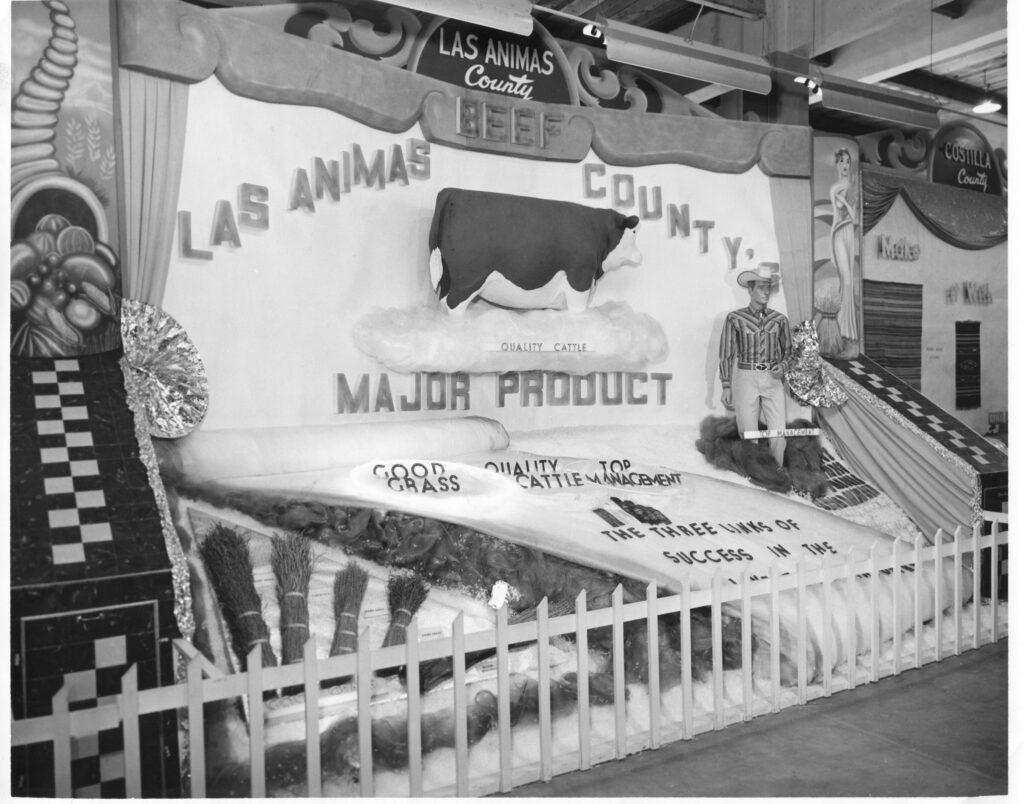
An undated photo of the Las Animas County exhibit at a previous Colorado State Fair. 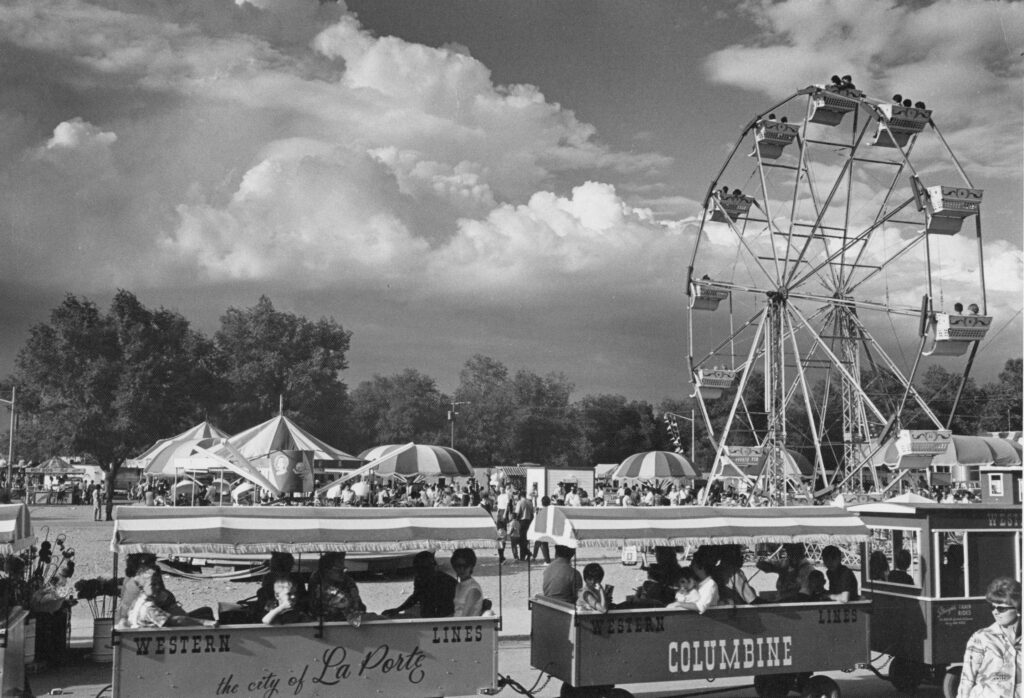
An undated photo of the fair grounds at a previous Colorado State Fair.
But Pueblo still needed a better permanent place for the fair. So in 1901 it moved again. This time to its current location. New stables were built and new events were added like the diving horse show in 1905.
And by 1918, 4H facilities were built at what had become a state-owned and funded fairgrounds. Traditional 4H livestock, home economics and agriculture competitions continue to be a staple at the fair.
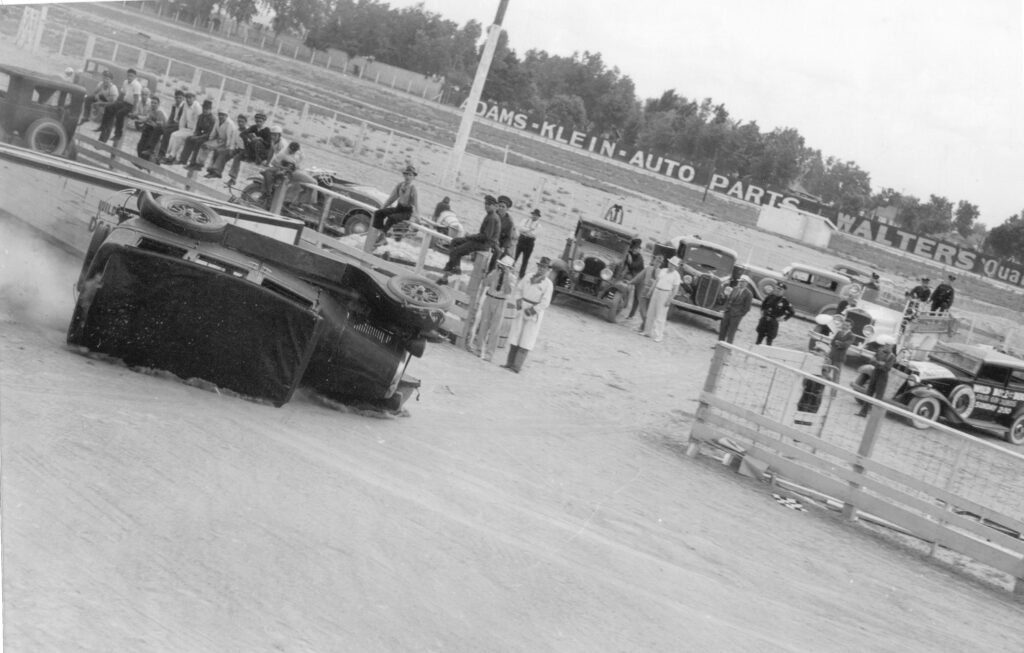
An undated photo of an overturned vehicle at a previous Colorado State Fair. 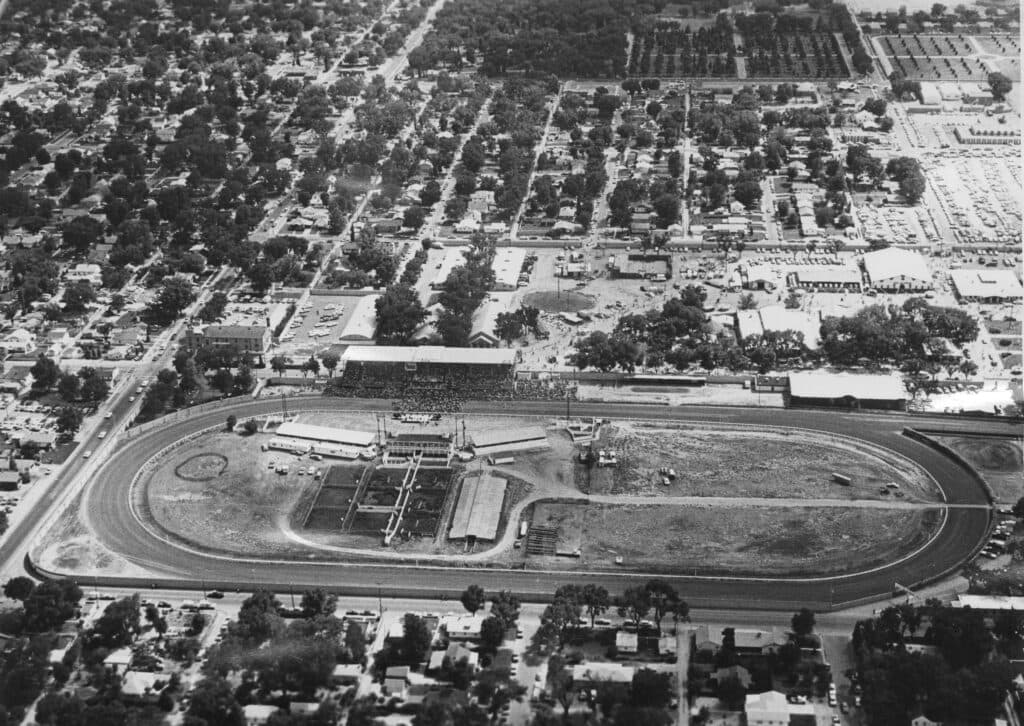
An undated aerial photo of the Colorado State Fair grounds in it's current location, showing the long gone racetrack.
Ashlyn Rockey of Center participated in the livestock show last year. “It's really important to show our way of lifestyle and show why it's really important to us,” she said for a KRCC story last year. ”I think it's really cool to let the little kids touch the fluffy cows. I really enjoy that.”
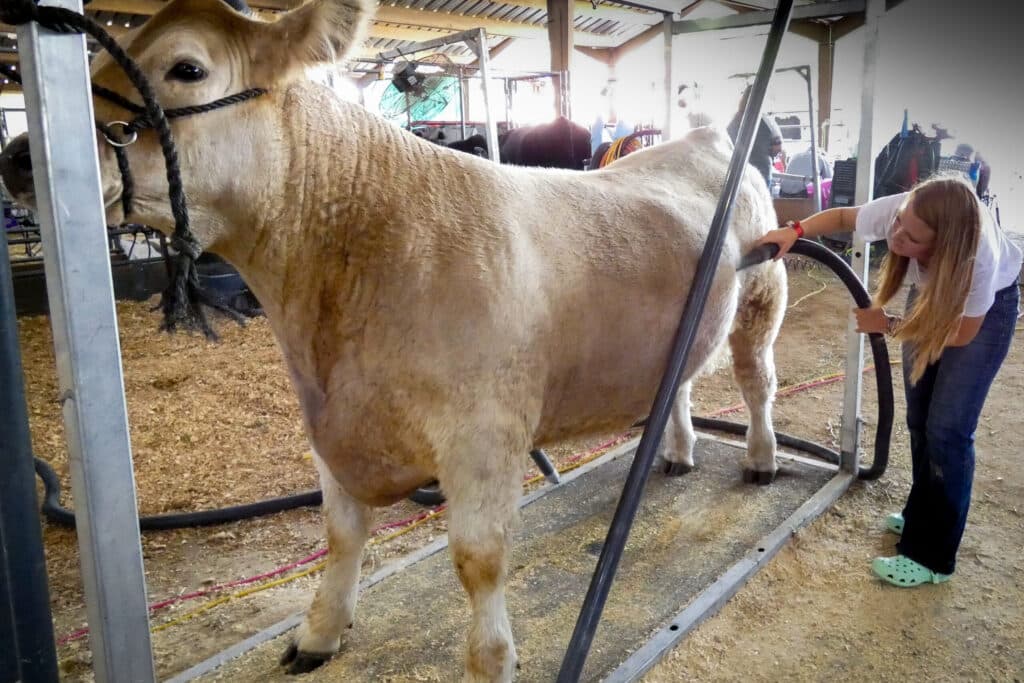
Ashlyn Rockey of Center uses a blow drier to get her steer ready for the livestock show at the 2021 Colorado State Fair in Pueblo. 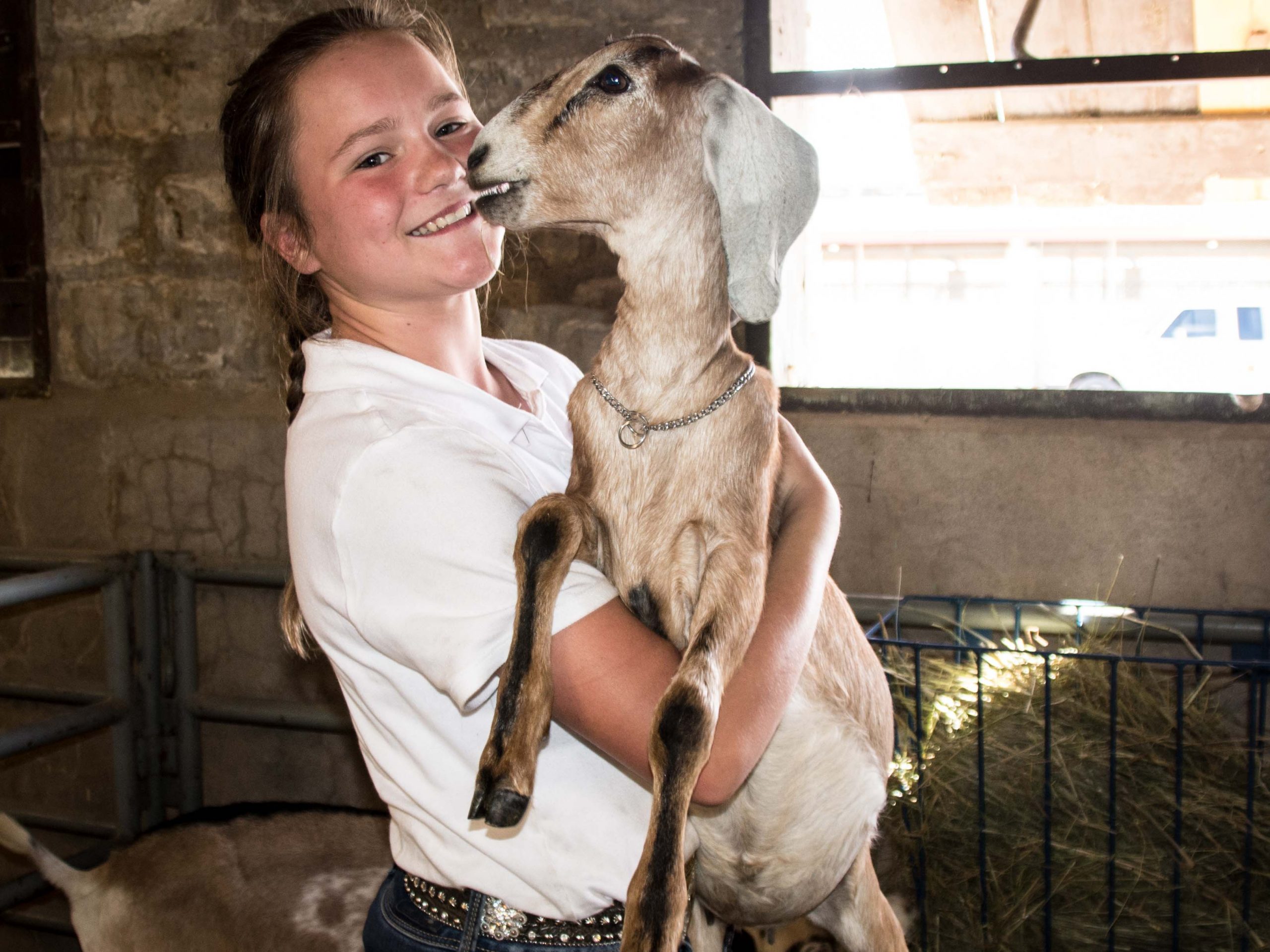
14-year-old Alice Zuber of Fairplay showed goats at the 2018 Colorado State Fair.
But 4H nowadays includes all kinds of modern activities like robotics, model rocketry and photography.
Fiesta Day celebrations of Hispanic culture began in 1967 and have since become some of the busiest days at the fair, featuring a traditional Mexican rodeo, a parade and of course, music.
"I grew up two blocks away from here," said Raoul Sanchez of Pueblo for a 2018 story. Sanchez said he'd been coming to the fair for 50 years. "I love it and it’s a tradition and it’s something that’s important to Pueblo -- not just for the economic reasons but for the cultural reasons. The state fair reminds us of all the rich culture in Pueblo and it gives us a chance to show it off and enjoy it."
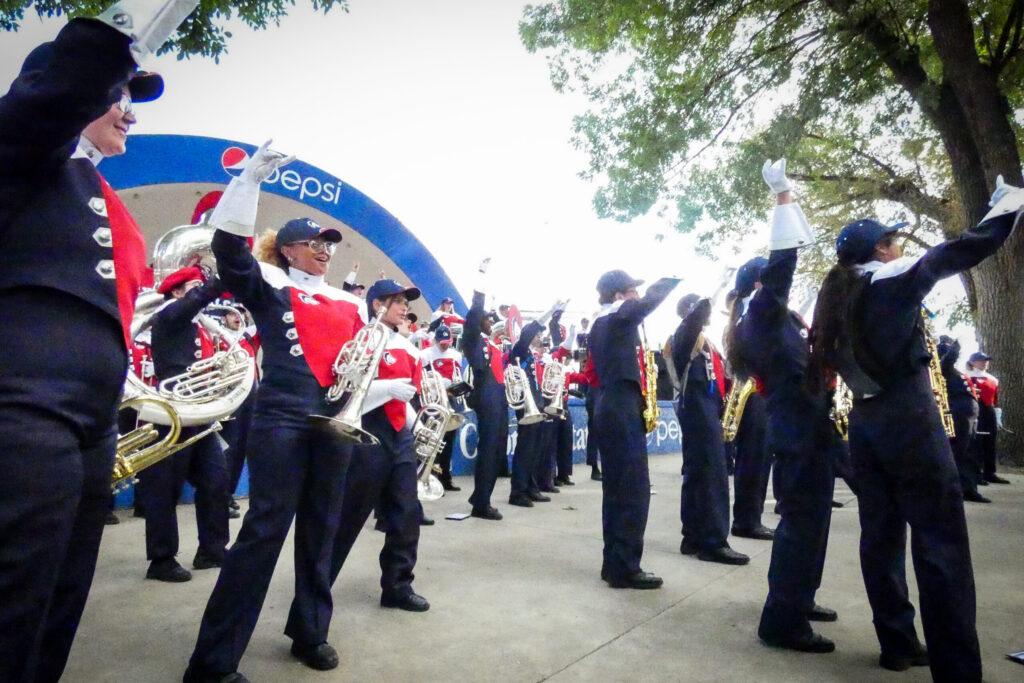
The CSU Pueblo Thunderwolves Marching Band performs at the 2021 Colorado State Fair in Pueblo. 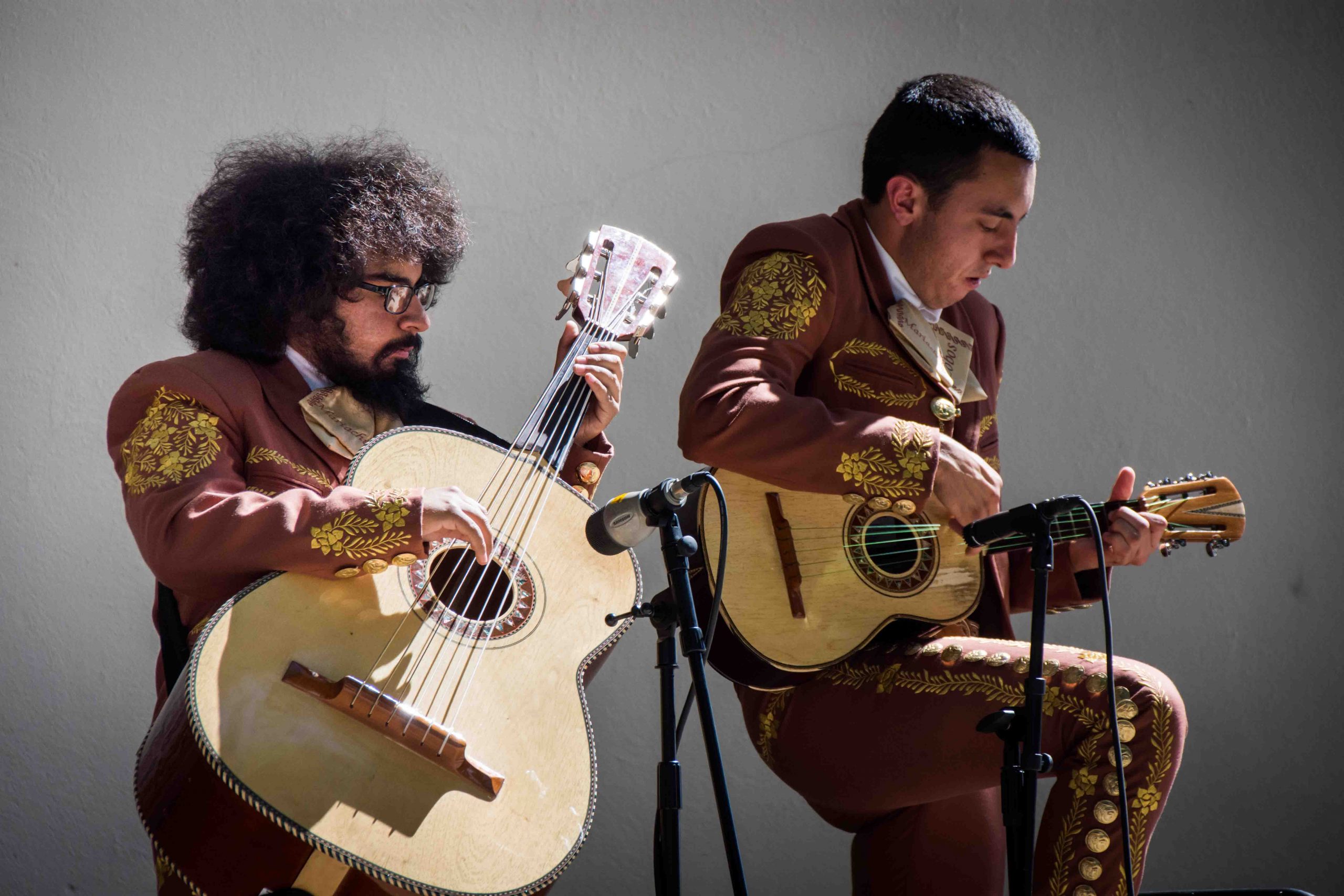
Members of the CSU-Pueblo Mariachi Los Lobos band play for the crowd during the 51st annual Colorado State Fair Fiesta Day Celebration on Sunday, Sept. 2, 2018.
At its height around a decade ago, more than 500,000 people attended the 11-day fair. The COVID-19 pandemic mostly shut it down in 2020, but people still lined up for a fair food drive through event.
In the last decade though, state lawmakers and others have criticized the fair’s leadership, and those old rumblings about moving the fair elsewhere still crop up. But now, a $180 million facelift is underway at the historic fairgrounds.
Stoller said this year a new entry gate on the west side is just the beginning of a 20- year master plan to upgrade the facility.
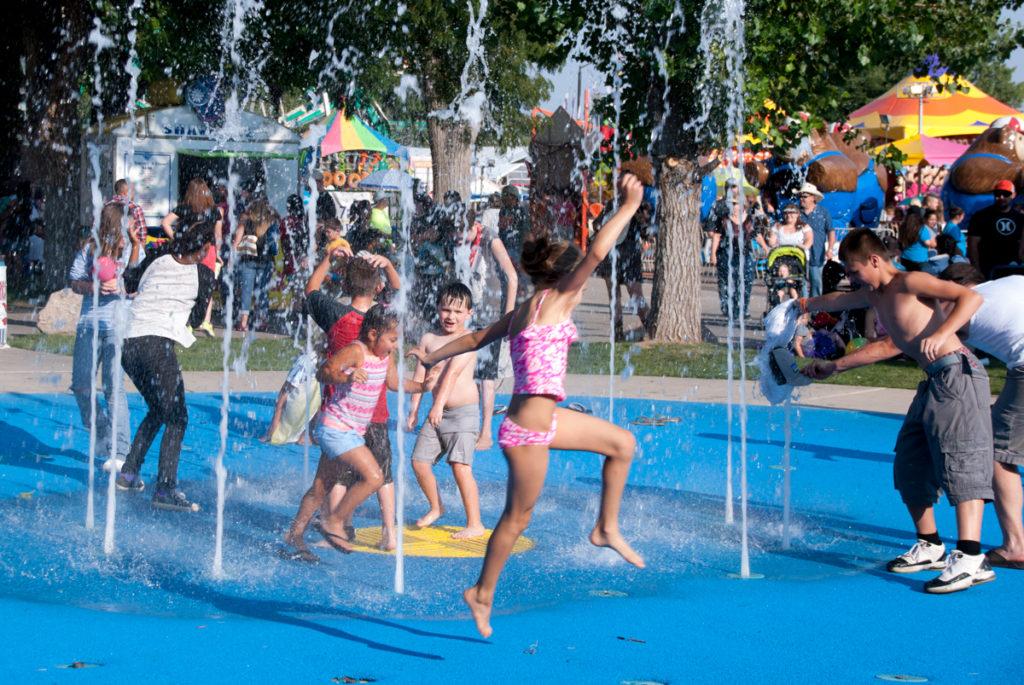
Kids cool off and have fun in the fountain at the 2015 Colorado State Fair. 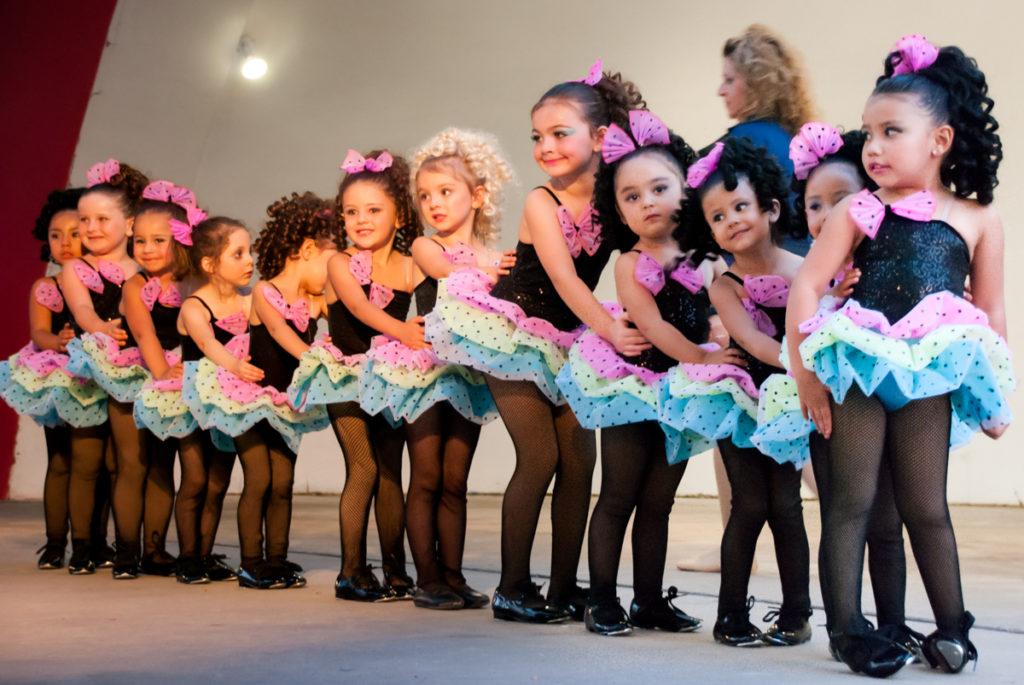
Young dancers from the Rock-N-Robbins Dance Studio in Pueblo perform at the 2015 Colorado State Fair.
“People are going to experience that change. They're going to see a vast difference between what's new, what's old,” he said. “It's pretty powerful to stand there at that transition between the new gate project and the plaza that's coming.”
Stoller is looking forward to an outdoor food plaza adjacent to the new entrance that is on the to-do list for next year. The master plan also calls for, in part, a new livestock building and fixing up historic structures.
Stoller said launching the master plan renovations during the fair’s 150th year connects history with the future.
The state fair runs through Labor Day.
Editor's Note: CPR/KRCC is a media sponsor of the Colorado State Fair.
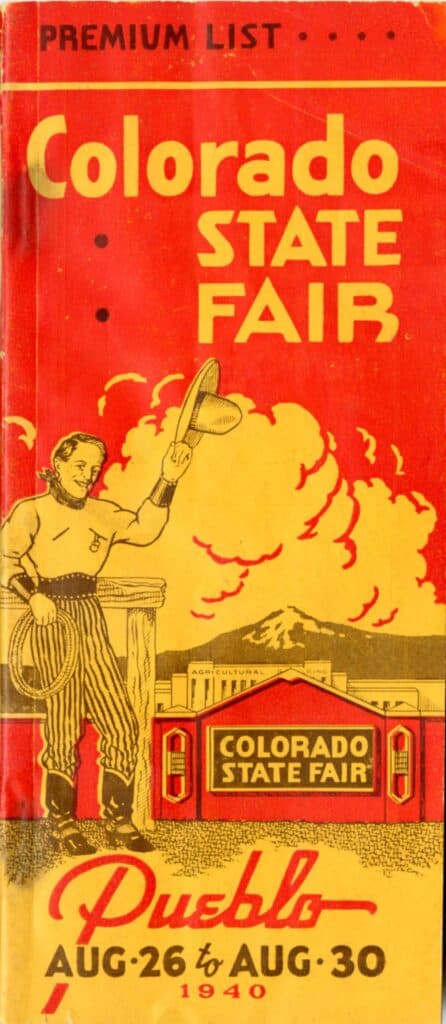
The 1940 Colorado State Fair Premium List 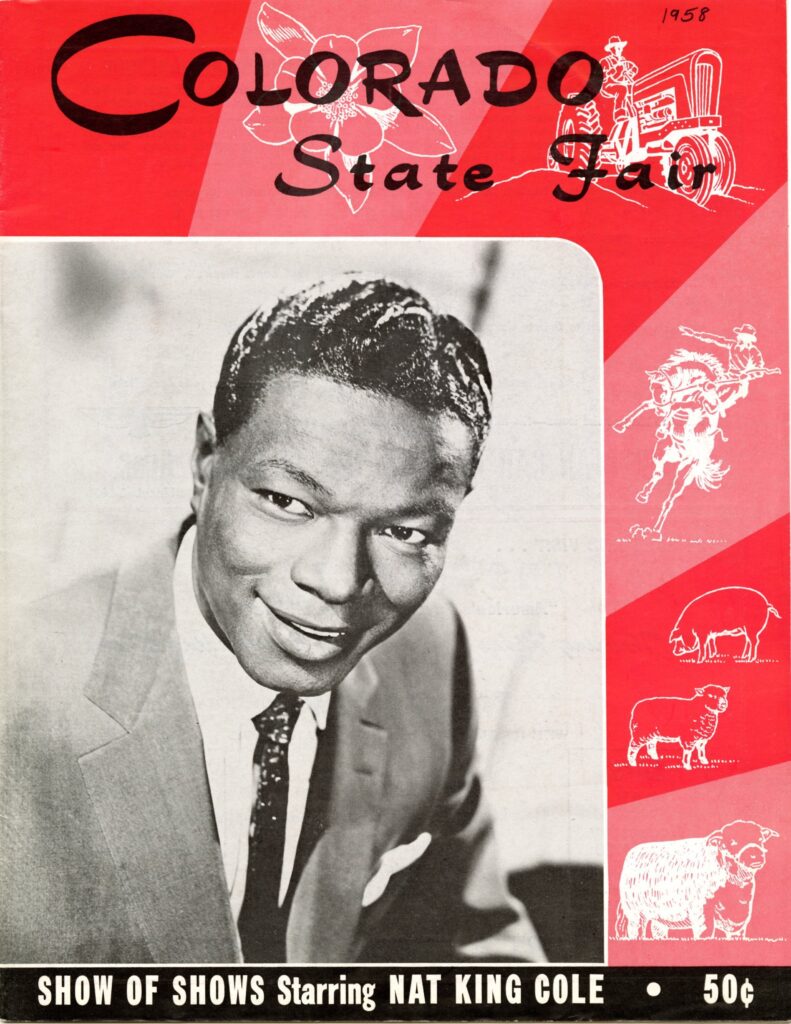
An advertisement for a Nat King Cole performance at the 1958 Colorado State Fair.
More state fair news
- The Colorado State Fair just got another downpayment on its huge upgrade
- It’s Business (Almost) As Usual At The 2021 Colorado State Fair In Pueblo
- The State Fair Has Lost Money For 21 Years Straight. An Audit Finds It Has ‘Fundamental’ Problems
- The Colorado State Fair Aims To Balance Tradition With New Acts
- With The Help Of Livestreams And A Fair Food Drive-Thru, The 2020 Colorado State Fair Is Still On









